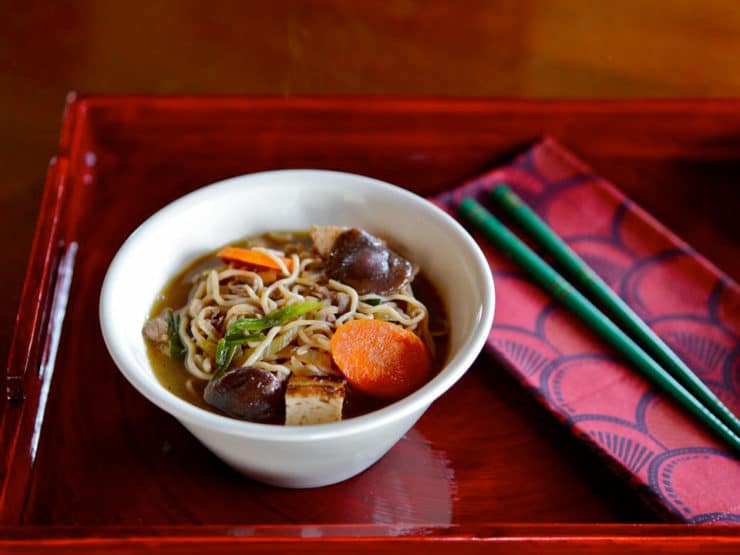
Asian grandmothers are often the gatekeepers of family recipes. More often than not, these beloved recipes are not written down; they are passed down verbally through the generations. Patricia Tanumihardja made it her mission to write down several of these family recipes in The Asian Grandmother’s Cookbook, a beautiful collection of authentic recipes from Korean, Indian, Thai, Vietnamese, Japanese and Chinese kitchens. I first met author Patricia at a blogging conference a few years ago, then we met again through an organization called IACP. We are now working together in the IACP Food History Section, which I am chairing this year. I was thrilled when Pat sent me a copy of her cookbook. For many of the recipes, this is the first time they have ever been tested and written down. I was touched by the stories and intrigued by the flavors. This book is really special.
The weather has recently turned chilly here in Los Angeles. I wanted to make something hot and comforting to warm us up. A recipe for Japanese Beef and Vegetable Hot Pot, or sukiyaki, caught my eye. The recipe comes from a grandmother named Kimiye Hayashi. Kimiye’s parents came to America from Hiroshima, making her second generation Japanese. She was born in Pueblo, Colorado in December 1922. When she was five years old the family moved to Southern California, where she spent the next 10 years on Terminal Island, a fishing community located in Los Angeles County. Kimiye describes the island as being “just like a Japanese village.” Many Japanese lived there, including Kimiye’s father, working for the French’s and Van Camp fishing canneries. As you might imagine, fish made up a great part of her family’s diet, along with rice and vegetables.
Just after high school, at age 18, Kimiye was happily married to Shibo Hayashi. The couple found themselves in the midst of tragedy the following year when Pearl Harbor was attacked. The FBI placed all of the Japanese men living on Terminal Island in detention centers, but luckily Kimiye and Shibo were able to escape to an abandoned farm in Torrance, CA along with Kimiye’s four younger sisters and brothers. Eventually, the family was taken to the Rohwer War Relocation center in Arkansas where she gave birth to her first daughter. After one year, they were given permission to leave the camp. They traveled north to Michigan where they found work with Dutch farmers living in Imlay City.
When the war ended, the Hayashi family settled on their own farm in Michigan. In 1960 they relocated to Seattle, where Shibo found farm work in the suburbs. Kimiye took care of the house and their five children. She cooked both American and Japanese meals, including this Japanese Beef and Vegetable Hot Pot, which she would make with whatever vegetables were available. Kimiye took home economics and learned to cook a bit in high school, but she credits her kitchen skills to Japanese church-published cookbooks she collected over time.
We really enjoyed this hot pot, it was filling, comforting and healthy. We used shirataki noodles, which are low carb and low calorie. The broth is both savory and sweet; we used mirin, which has a natural sweetness to it. I prefer a more savory broth, so next time I will omit the sugar and use sake instead. I’ve marked the sugar as optional below. I loved the broiled tofu and the large amount of vegetables. The noodles used are gluten free, which is a bonus for people with food sensitivities. We stirred in some red pepper flakes to spice it up. It was such a treat on a cold evening.
This is just one of the fascinating stories and delicious recipes featured in The Asian Grandmother’s Cookbook. It is not a kosher cookbook, however it is a fascinating look at family food stories and recipes. It’s definitely worth reading, especially if you are a fan of Asian foods and flavors. To pick up your own copy, click here.
Recommended Products:
We are a participant in the Amazon Services LLC Associates Program, an affiliate advertising program designed to provide a means for us to earn fees by linking to Amazon.com and affiliated sites. As an Amazon Associate I earn from qualifying purchases.
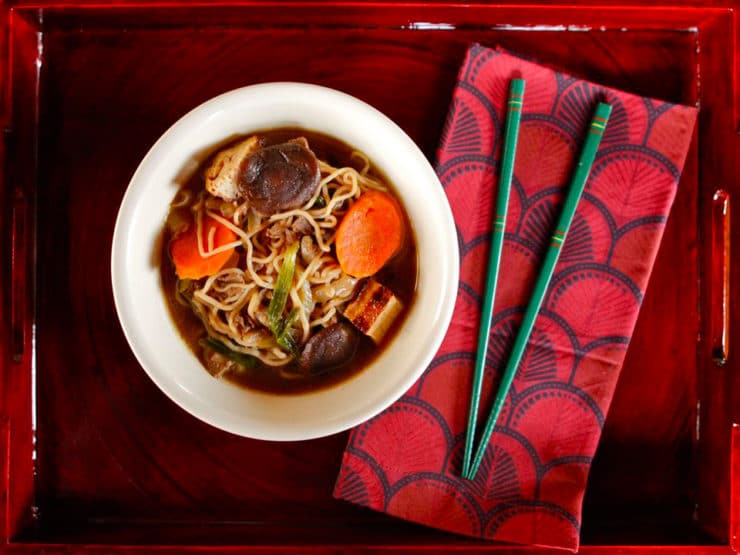
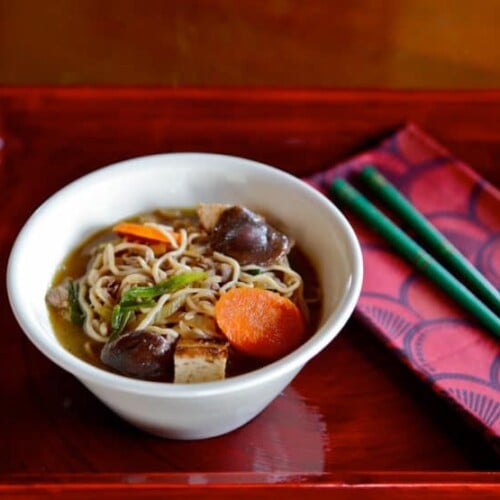
Japanese Beef and Vegetable Hot Pot (Sukiyaki)
Ingredients
Sauce Ingredients
- 1 cup chicken stock or dashi (use broth for gluten free)
- 1/2 cup Japanese soy sauce (use tamari for gluten free)
- 1/2 cup mirin or sake (use sake for a more savory broth)
- 1/4 cup sugar (optional)
Hot Pot Ingredients
- 4 ounces shirataki or cellophane noodles
- Boiling water
- 2 tablespoons vegetable oil, divided, plus more as needed
- 1 pound well-marbled tender beef*, sliced paper thin across the grain, then cut into bite-sized pieces
- 1 large yellow onion, halved and cut into thin crescents
- 1 cup fresh shiitake, enoki, or button mushrooms
- 2 medium carrots, peeled and cut into 1/4 inch diagonal slices
- 2 stalks celery, cut into 1/4 inch diagonal slices
- 5 green onions, white and green parts, cut into 2-inch diagonal lengths
- 9 ounces broiled firm tofu, cut into 16 pieces
NOTES
- For a more savory (less sweet) broth, cut the sugar and use sake instead of mirin.
- If you are gluten-free, make sure all of your packaged products are certified GF.
- Pat has a great post on The Culinary Life discussing which ingredients are gluten-free and what can be subbed.
Instructions
- Broiled tofu can be found in some markets under the name yakitofu, but you can also make it at home fairly easily. If broiling tofu at home, you must first drain the water from your tofu. Sandwich it between two heavy cutting boards lined with paper towels. Place something heavy, like canned vegetables, on top of the top cutting board. Be sure that the cutting board and the weight on top of the tofu is at an even level. Press until the thickness of the tofu is 2/3 of the original thickness.

- Set your oven to the broiler setting. Line a sheet tray with aluminum foil and spray with non-stick cooking spray. Spray your drained tofu with cooking spray as well and place onto the sheet tray.

- Broil for 10 minutes on the center rack of your oven, then flip and broil for an additional 8 minutes. Once cool cut into 16 1-inch cubes.

- To make the sauce, mix together the chicken stock, soy sauce, mirin and sugar in a bowl. Taste and adjust seasonings if desired. Set aside.

- In a heatproof bowl, soak the noodles in boiling water for 1 minute.Drain them in a colander, then rinse with cold water. Cut the noodles in half.

- In a medium dutch oven or heavy-bottomed pot, heat 1 tbsp of the oil over high heat until it becomes runny and starts to shimmer. Add half of the the beef and stir until the meat is no longer pink, 2-3 minutes. Transfer to a plate. Repeat with the remaining beef, adding more oil if necessary.

- In the same Dutch oven, heat the remaining 1 tbsp oil over medium-high heat. Add the onion, mushrooms, carrots, and celery. Stir and cook until just tender, about 4-5 minutes.

- Add the green onions and stir until they turn bright green, about 30 seconds.

- Add the sauce, noodled, cooked beef and tofu. Mix well and bring to a gentle boil over medium heat. Cook until all the ingredients are heated through and tender. Serve hot.

Nutrition

tried this recipe?
Let us know in the comments!
Source: Tanumihardja, Patricia (2012). The Asian Grandmother’s Cookbook. Sasquatch Books, Seattle, WA.
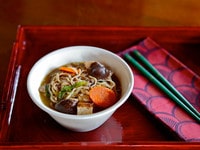
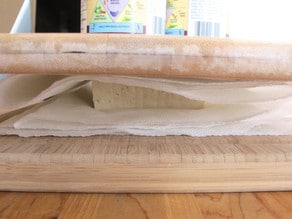
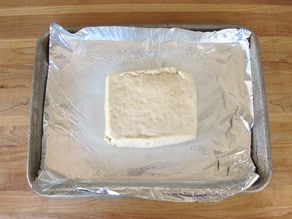
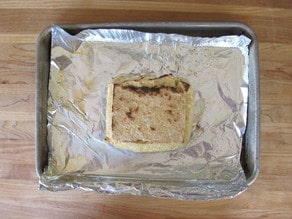
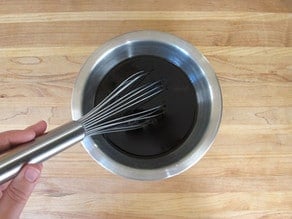
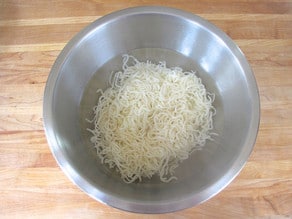
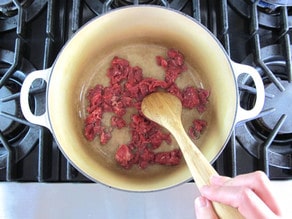
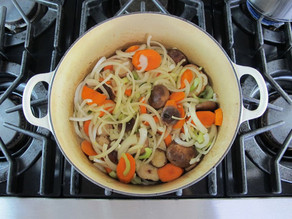
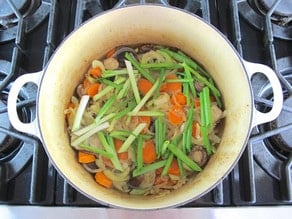
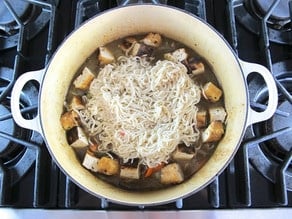


I made this a few months ago and I definitely remember the recipe using water and not chicken broth. We loved it the solid ingredients, but it tasted more like water than soup.
I reheated it the next day, and added chicken broth and it was excellent.
Did you change the recipe this time eliminating the water?
Hi Nina, I have not changed this recipe since originally posting– this is not my recipe, it is from my friend’s cookbook. The only boiling water that is used is to soak the noodles, but it should be drained before proceeding. Perhaps you didn’t drain the water the first time you made it?
Thank Tori … I am sure that I did drain the noodle water….A senior moment, maybe I am thinking of something else. It’s been a few months.
Anyhow, we loved it and I am making it again tonight. Shopped in a Japanese market and was able to get the tofu and the cellophane noodles.
Delicious! I’ve made this 3 times already and it’s a big hit! I prefer using sake over mirin. And with only a little sugar added. 1/4 cup sugar is far too much for my tastes. Great recipe!
This was amazing! An it was loadsa fun making it the traditional way by having everything prepped and cooking it at the table on a camping stove for some friends. I definitely need to get a copy of this book ♡
So happy you liked it Sam! You will love the book, I hope you get a chance to purchase a copy.
Thanks Tori. I’ll try it and let you know.
Since there are only two of us, I like to make full recipes and freeze the rest. Do you think these ingredients will freeze well?
Hi Nina, I think the soup with veggies would probably freeze well but I’m not sure about the noodles (I’ve never tried freezing these types of noodles). Maybe make the soup, and only prepare the noodles with the broth in the amount you need, then freeze the rest of the soup without noodles? You can add noodles as needed when you defrost. Hope that makes sense!
I can´t wait to get a copy of that cookbook! sounds amazing and this dish looks perfect! Thanks for sharing
One of my favorite childhood memories is of eating sukiyaki at a fav family restaurant in the ‘big city’! Love this:)
Blessings, Aimee
Thanks for featuring my recipe, Tori!
Looks sooo good…..
Thank you for adding gluten free options! <3
looks amazing.
Loved and shared!
Thanks
Looking for a heart healthy version, any oil suggestions?
Michael Liebenthal, grapeseed oil is very heart healthy and would work well in this dish.
Michael Liebenthal grapeseed oil is very heart healthy and would work well in this dish.
So Good , 🙂
Looks good and warming
Yummy..:-P
well, this is making me hungry. very hungry.
that looks so delicious
YUM!!!!!!!